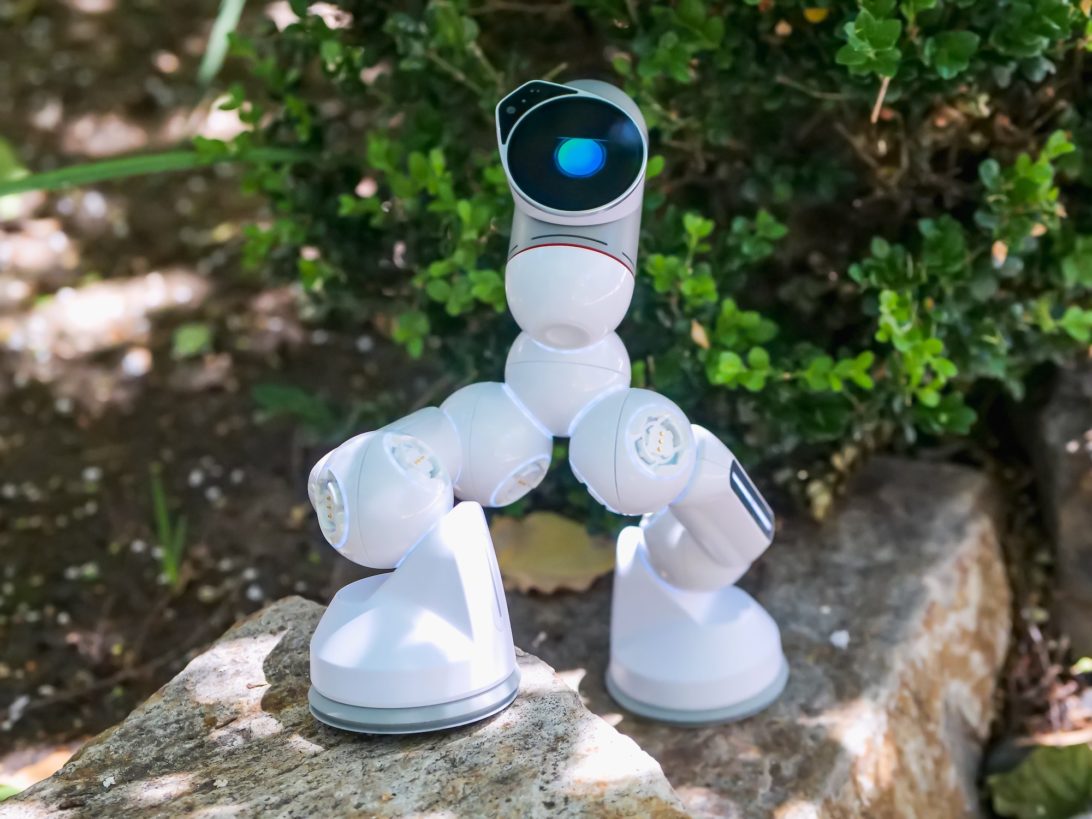
We specialize in the development and research of smart connected devices that are part of the Internet of Things (IoT) world. Our team works to transform indoor and outdoor spaces into smart environments, where technology and connectivity come together to improve quality of life and increase efficiency in various fields.
The Internet of Things (IoT) refers to the interconnection of everyday objects through the internet, allowing them to collect and share data. At our center we focus on developing intelligent devices that can interact with each other and with users, bringing value and functionality to the environments in which they are used.
IoT technology offers innovative solutions to address various challenges in different areas by leveraging the potential of the data generated by these devices through advanced analysis techniques. Some examples of issues we can solve include.
Crop and livestock monitoring: By using connected sensors, we can efficiently monitor crop conditions and livestock welfare. This helps farmers and ranchers identify early problems, such as drought or disease, allowing them to take preventative measures and maximize food production in a sustainable manner.
2. Risk prevention in industrial environments: Instrumented textiles, equipped with intelligent sensors, can detect risk situations, such as high temperatures or the presence of toxic gases, in industrial environments. This helps prevent workplace accidents and ensure worker safety in real time.
3. Optimization of renewable energy production: Connected devices make it possible to monitor and control renewable energy production, such as solar or wind, more efficiently. This includes the intelligent management of solar panels, wind turbines and batteries, maximizing clean energy generation and reducing associated costs.
4. Support for diagnosis and early detection of medical crises: Connected medical devices enable the collection of patient data in real time, which facilitates the monitoring of their health status. This is especially useful in the diagnosis and early detection of medical crises or infectious outbreaks, as healthcare professionals can receive alerts and take quick action to provide appropriate treatment.
In addition to addressing specific issues, we also focus on developing techniques to analyze and leverage the enormous volume of data generated by these devices. This involves the application of advanced data analysis techniques, such as machine learning and artificial intelligence, to extract valuable information and gain insights that drive informed decision making.
Demonstration of system or prototype in a real environment.